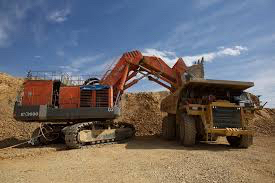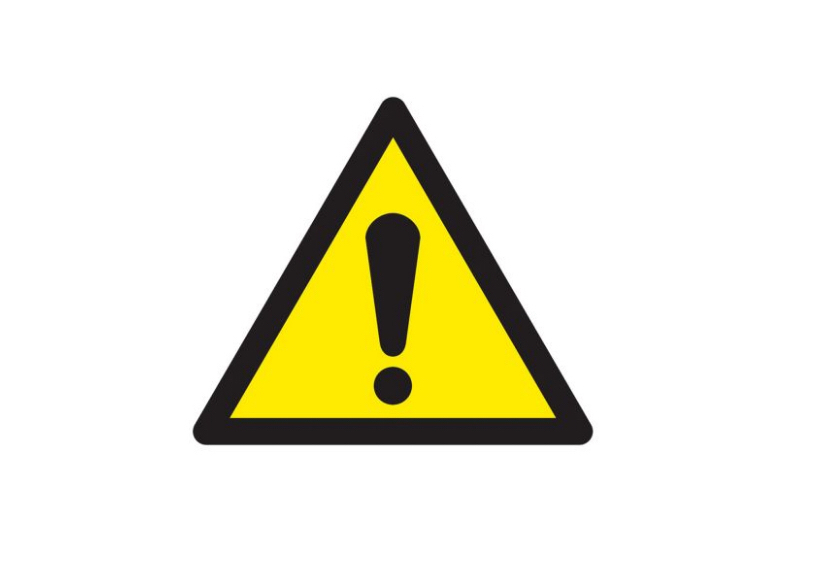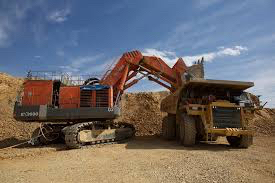Title Page
-
Conducted on
-
Prepared by
-
Crew
-
Shift
LOADING AREAS
-
Visibility (adequate illumination, dust levels, weather conditions)
-
Highwalls (face height/dozer pushing, cracks, overhangs, oversize, restricted access above)
-
Berms (minimum 1.5m)
-
Cable (on cable horses every 10m, position not interfering with traffic or risk of damage, bridges properly spaced)
-
Loading procedures (communication, swing radius, spotting, queuing, cleanup, equipment used properly, maintaining floor grade +/-300mm within design)
-
Sumps (berms, life ring, fire extinguisher, pumps operable, water level, pipes and pump drained in winter when not in use)
HAUL ROADS
-
Visibility (adequate illumination at high risk intersections, dust levels, weather conditions)
-
Conditions (adequate traction at intersections, curves, ramps and straightaways, spillage cleaned up, grade on design with potholes filled, proper material and compaction)
-
Signage and demarcation (signs clean and visible, high risk areas posted appropriate signage, delineators on all major haul roads)
-
Berms (minimum 1.5m on main hauls and leveled off at intersections for LV visibility)
-
Access (width for one way and two way access, center berms at high risk intersections with delineation and signage, non-active areas restricted with windrows or cones)
-
Drainage (ditches clean, drainage ways open/free flowing)
-
Traffic management (HV and LV traffic rules being followed)
STOCKPILES
-
Visibility (adequate illumination at active dump tipping points, dust levels, weather conditions)
-
Signage and demarcation (signs clean and visible showing direction and extents of active dumping areas)
-
Berms (minimum 1.5m and leveled off at intersections for LV visibility)
-
Dump face (no cracks, major settling or other signs of instability, hazards to avoid dumping over below)
-
Access (width for two way access, center berms at high risk intersections with delineation and signage, restricted areas have windrows, no blind spots at active dump area)
-
Dumping procedures (communication, dozer spotting, maintaining distance between heavy equipment, haul truck lowering bed before movement, grade maintained within +/-200mm of design)
DRILL AREAS
-
Berms (minimum half height of tire on largest equipment working in area, offset from potential fall hazards)
-
No dig stakes (above active dig faces where close to finals, drill and blast patterns, other sensitive areas)
-
Access (adequate for water and fuel trucks)
-
Cable (on cable horses every 10m, safe distance from drill area)
PARKING AREAS
-
Visibility (illumination at high risk intersections, dust levels, weather conditions)
-
Signage and demarcation (signs clean and visible, parking areas posted with appropriate signage, delineation of berms)
-
Parking procedures (communication, parking ditches/wheel chocks, horn signals, park brake, distance between equipment, ancillary equipment parking separate from haul truck park up areas, traffic rules and speed limits)
-
Housekeeping (waste properly disposed, trip hazards eliminated, area is orderly)
OTHER
-
General comments
-
Signature
-
Revision 4.0 iCloud posted version is the controlled version 12/05/2018











